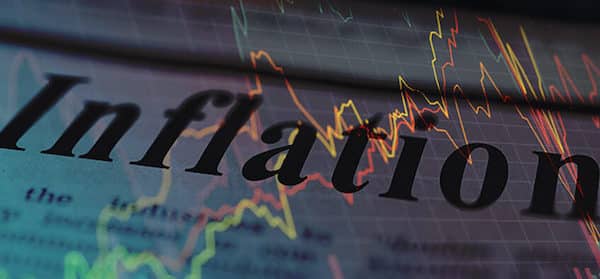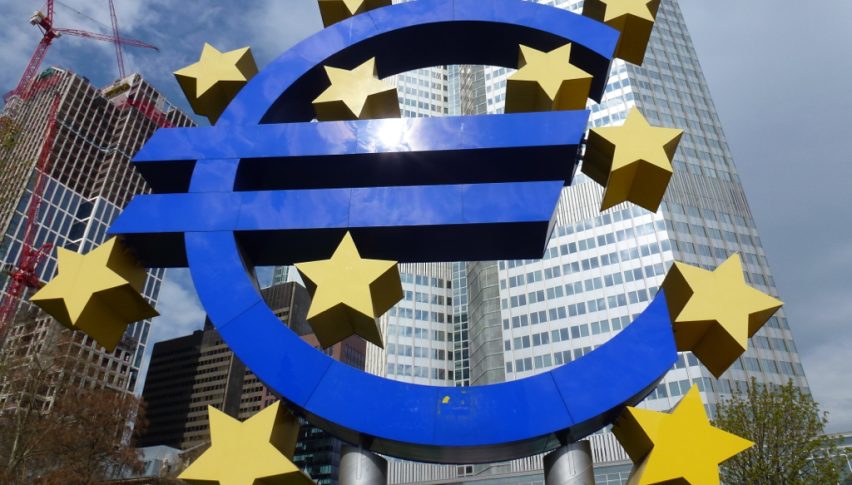GBP/USD has shown a remarkable rally in the last two weeks, breaking above the moving averages on the weekly chart and climbing around $5. The price surged to 1.3230 last week, helped by the decline in the USD, and it is staying close to 1.32 as the sentiment remains positive for this pair, despite yesterday’s advance of the USD against most other major currencies.

Since finding support at the 100-weekly SMA (green) in April, the GBP/USD pair has been rising in a series of upward waves. Last week, buyers pushed the pair above the 1.30 level, successfully breaking through both the 100-weekly SMA (red) and the 200-weekly SMA (purple), which had previously served as resistance.
GBP/USD Chart Weekly – All MAs Have Been Broken
This upward momentum has been bolstered by recent improvements in the UK’s economic data, including a positive Q2 GDP report and stronger-than-expected PMI figures for both services and manufacturing. These factors have provided additional support for the pound. Meanwhile, consistent weakness in the USD, driven by the Federal Reserve’s shift to a more dovish policy stance, has further supported the GBP/USD pair. As a result, the pair has gained approximately 5 cents over the past two weeks. Overnight, we has the BRC Shop Price Index, showing retail prices in the UK.
BRC Shop Price Index y/y
Recent Price Trends
For the first time since the onset of the cost-of-living crisis during the pandemic, UK store prices have fallen. This decline is primarily driven by easing food inflation and retailers offering discounts on clothing and household items to clear unsold summer stock. According to new data, prices fell by 0.3% in the first week of August compared to the same period last year. This marks a shift from the 0.2% increase recorded in July and contrasts with the three-month average of 0%, indicating a trend toward lower prices as retailers respond to shifting market conditions.
Contributing Factors
The reduction in store prices reflects a combination of factors, including a slowdown in food inflation, which has been a significant driver of higher costs throughout the cost-of-living crisis. Additionally, aggressive discounting by merchants to manage excess inventory has contributed to the overall decline, signaling a more competitive retail environment and providing some relief to consumers.
GBP/USD Live Chart
GBP/USD

















